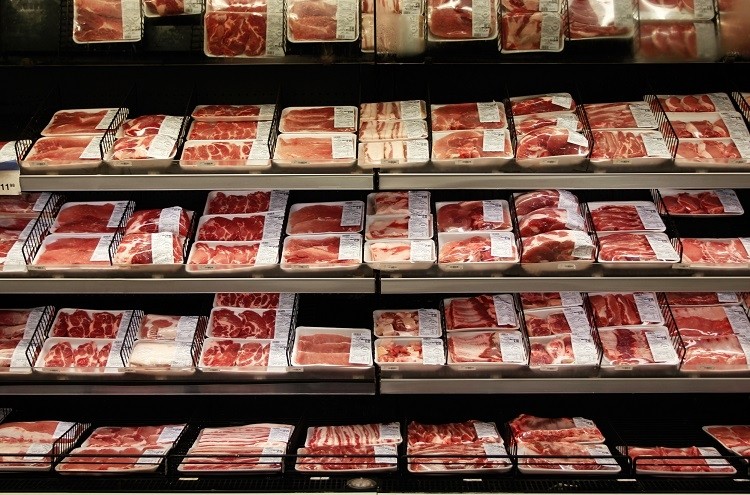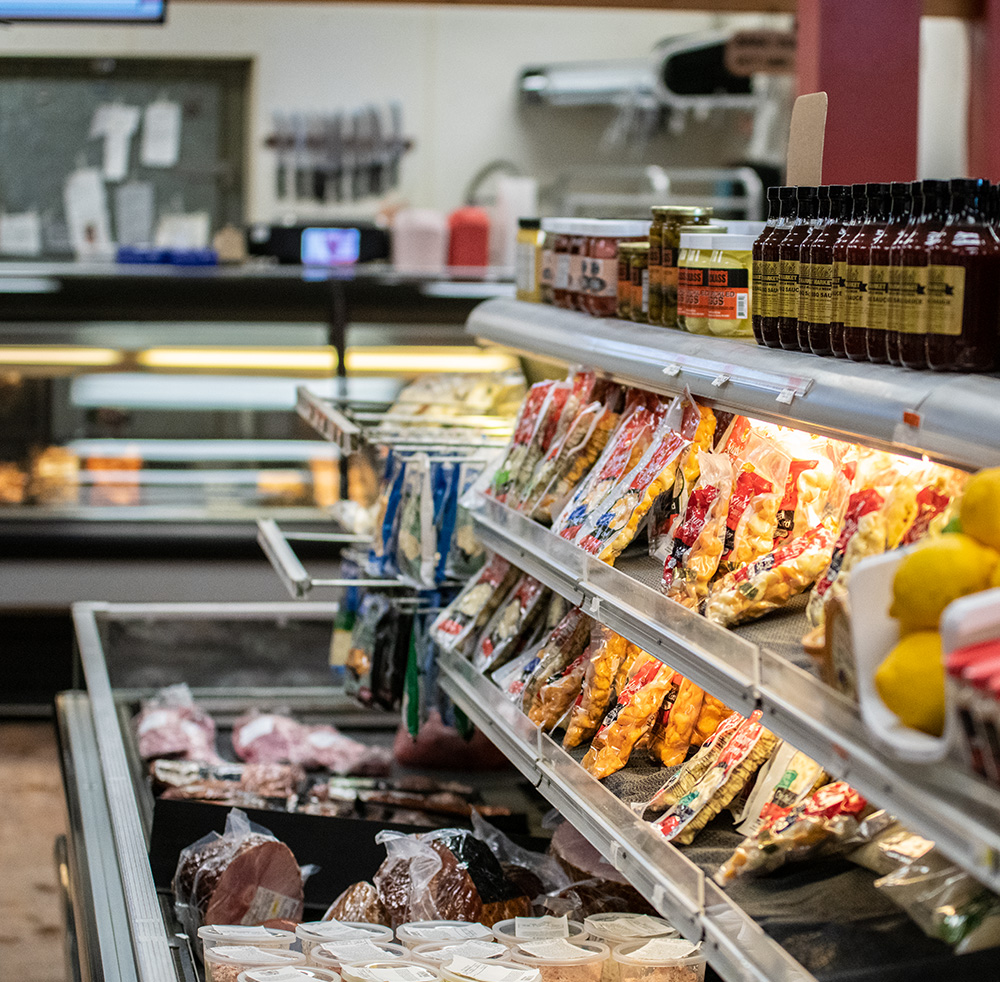Uncover the Art of the Butcher's Cut in a Modern Meat Market
In the ever-evolving landscape of contemporary meat markets, the butcher's cut has transcended its standard roots, merging olden craftsmanship with modern methods. Today's butchers are not just cpus of meat; they are well-informed artisans who emphasize sustainability and ethical sourcing. Their experience in choose and preparing cuts customized to details cooking requirements uses an unmatched eating experience. Yet, what truly establishes the modern-day butcher apart is their capability to create a deeper link in between customers and the beginnings of their meat. Just how do these masters equilibrium custom with development, and what implications does this have for the future of meat intake?
Evolution of Butchery Techniques
The evolution of butchery methods reflects an abundant tapestry of development and adjustment driven by improvements in modern technology, modifications in consumer demand, and a much deeper understanding of meat scientific research. Historically, butchery was a craft passed down via generations, with approaches honed over centuries to maximize return and flavor. Nonetheless, the industrial change ushered in automation, changing standard practices and allowing large processing.
The mid-20th century saw butchery techniques better refined by clinical understandings right into muscle biology and meat aging, improving both inflammation and preference. Developments like vacuum product packaging and refrigeration expanded item shelf-life, enabling butchers to branch out offerings and improve quality assurance. This duration likewise noted the surge of specific equipment, such as band saws and meat slicers, which boosted accuracy and efficiency in meat processing.

Digital systems now assist in monitoring pet provenance and optimizing cuts to satisfy specific consumer choices. Furthermore, a resurgence in artisanal butchery has actually arised, blending conventional skills with contemporary expertise to provide to consumers seeking moral and lasting meat choices.
Understanding Meat Cuts
Understanding the details of meat cuts is vital for both butchers and customers looking for high quality and value. For butchers, specific cuts reflect ability and regard for the craft, making sure minimal waste and ideal return.

Comprehending muscle mass structure is crucial; muscles used extra regularly by the pet have a tendency to be tougher and are best suited for slow food preparation approaches, while less-used muscular tissues, like those located in the loin, are a lot more tender and suitable for grilling or roasting. Familiarity with these differences encourages consumers to make informed selections, boosting their cooking ventures.
Selecting Top Quality Meat
Picking the best meat entails more than simply picking an aesthetically appealing item from the display. The art of choosing quality meat needs a critical eye and knowledge of specific my link attributes that signify quality and quality.
Secondly, take into consideration the marbling, which refers to the white flecks of fat within the muscle. Proper marbling is a key sign of inflammation and flavor, as it melts throughout cooking, improving the meat's juiciness. Remember, higher marbling often correlates with superior top quality cuts, such as USDA Prime.
Texture is one more critical factor; meat ought to really feel strong to the touch, not slimed or overly soft. Additionally, be conscious of the aroma. Fresh meat should have a clean, neutral smell, devoid of any kind of sour or repulsive odors.
Matching Cuts With Cooking Methods

Conversely, tougher cuts like brisket and chuck roast are rich in collagen, which damages down into jelly when prepared slowly. These cuts are excellent for braising or slow roasting, enabling the meat to soften with time and establish deep, complicated tastes. In a similar way, cuts such as short ribs and pork shoulder prosper with slow-cooking approaches, where extended cooking times change their durable appearances into succulent recipes.
Lamb shanks and oxtail, which visite site require extended food preparation to soften, are excellent candidates for stewing or sluggish simmering. These techniques coax out abundant, hearty flavors while maintaining wetness. By recognizing the unique qualities of each cut, cooks and home chefs alike can boost their culinary productions, making certain each dish is both satisfying and unforgettable.
The Butcher's Function Today
Navigating the developing landscape of the modern meat market, the butcher's role today expands past mere preparation of cuts. Contemporary butchers are cooking craftsmens, teachers, and advocates for lasting practices. They connect the void between the ranch and the fork by ensuring honest sourcing, comprehending animal husbandry, and focusing on transparency in the supply chain. This shift mirrors the growing customer demand for high quality over quantity, where provenance and animal well-being are vital.
In addition to crafting precise cuts, butchers currently engage directly with customers, offering cooking recommendations and tailoring options to suit specific requirements and preferences. Their experience in meat aging, marbling, and taste profiles encourages consumers to make enlightened decisions, improving their cooking experiences. This tailored service exhibits the butcher's developing role as a trusted expert in the kitchen.
In addition, butchers are essential in minimizing waste, using entire animals to develop diverse products such as sausages and supplies. This comprehensive technique not just respects the animal yet also aligns with modern sustainability objectives. By doing this, the contemporary butcher personifies both tradition and development, adjusting to an ever-changing market while preserving the creativity and stability of their craft.
Final Thought
Proficiency in understanding varied meat cuts and high quality signs equips butchers to offer informed suggestions, lining up particular cuts with optimal food preparation methods. By recognizing historic methods while accepting contemporary needs, the butcher's role continues to be important in today's advanced meat market.